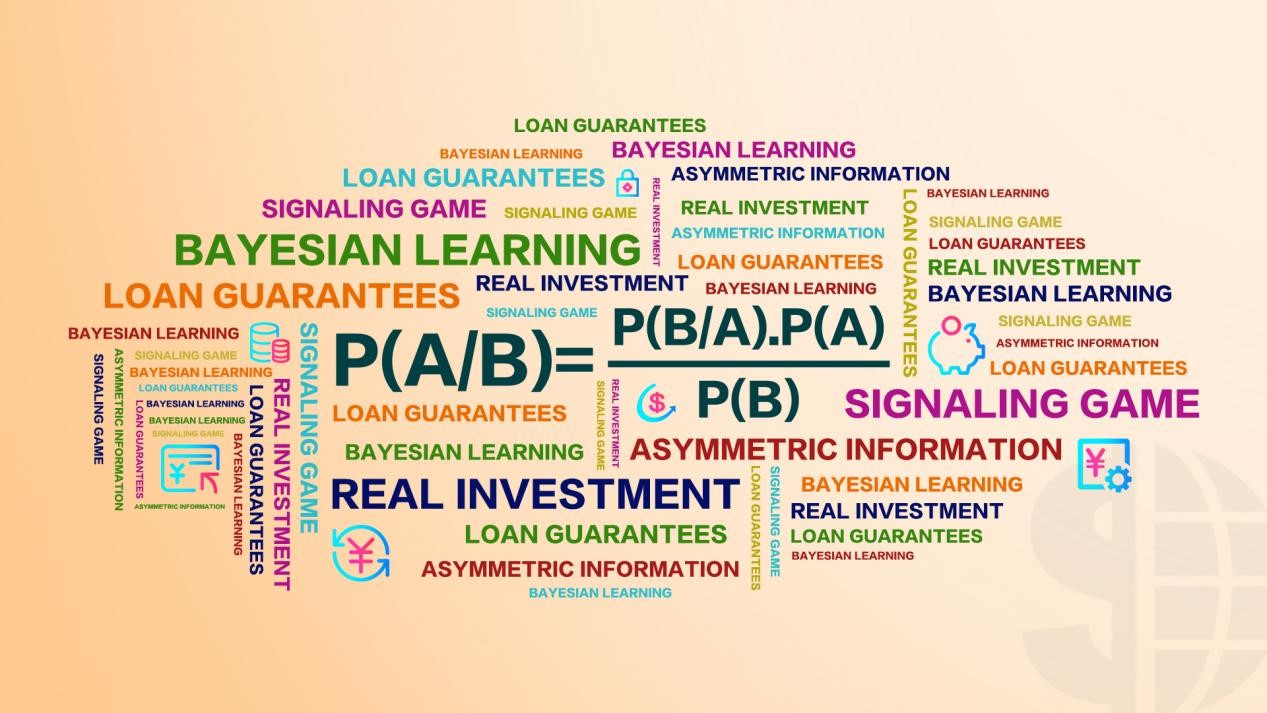Understanding investment behaviors under credit constraints is vital for supporting small and medium-sized enterprises (SMEs), particularly in developing economies like China, where SMEs are key drivers of economic growth. Credit guarantee systems help bridge financing gaps caused by information asymmetry between borrowers and lenders, but their impact on investment decisions remains underexplored. Understanding how these guarantees influence investment timing and risk assessment, especially when insurers lack complete information about borrowers’ quality, could help improve credit guarantee schemes, enhancing SME investments and economic resilience.

Associate Professor Zhaojun Yang’s research group from the College of Business at the Southern University of Science and Technology (SUSTech), in collaboration with former students Associate Professor Pengfei Luo at Hunan University and Associate Professor Huamao Wang at the University of Nottingham, has published a paper that investigates the complex interactions between loan guarantees, investment decisions, and information asymmetry in financial markets.
Their study, entitled “Loan guarantees and SMEs’ investments under asymmetric information and Bayesian learning”, has been published in the Journal of Risk and Insurance, a top international journal in the field of risk management and insurance that publishes four issues a year with eight academic papers in each issue.
The researchers developed a dynamic investment model with loan guarantees wherein insurers face information disadvantages and learn about borrower quality. Borrowers signal their qualities through investment timing, which is characterized by the investment threshold and elapsed time. They derived the conditions for separating or pooling equilibria.
Their paper shows that the separating investment threshold is constant and determined mainly by the maximum threshold preventing mimicry. If project risk is higher (lower) than the market growth rate, the pooling investment threshold declines (increases) with elapsed time, and learning enhances (reduces) the willingness of high‐quality borrowers to wait. Learning alleviates adverse selection and reduces guarantee costs. These effects are more pronounced with a greater uncertainty of the insurer on borrower quality.
The research revealed the dual effects of waiting. The worse the market prospect, the higher the value of waiting in pooling outcomes. Additionally, fee‐for‐guarantee swaps are superior to equity‐for‐guarantee swaps in environments with marked information asymmetry.
This article, which took eight years to complete, has received positive feedback from reviewers who praised its ability to address a complex problem and demonstrate dynamic equilibrium under asymmetric information. One reviewer noted, “This was a difficult problem, and I am glad that they were able to solve it”, while another commented, “I like the paper: it demonstrates a dynamic equilibrium under asymmetric information, where the participants have an incentive to pool or separate that is time-varying. This is an excellent result”.
The researchers listed above are the first authors of this paper, with Zhaojun Yang also serving as the corresponding author.
This work was supported by the National Natural Science Foundation of China’s Key Project (72031003), Youth Science Fund (72001074), and General Program (72373039).
Paper link: https://doi.org/10.1111/jori.12485
To read all stories about SUSTech science, subscribe to the monthly SUSTech Newsletter.
Proofread ByAdrian Cremin, Yingying XIA
Photo ByYan QIU